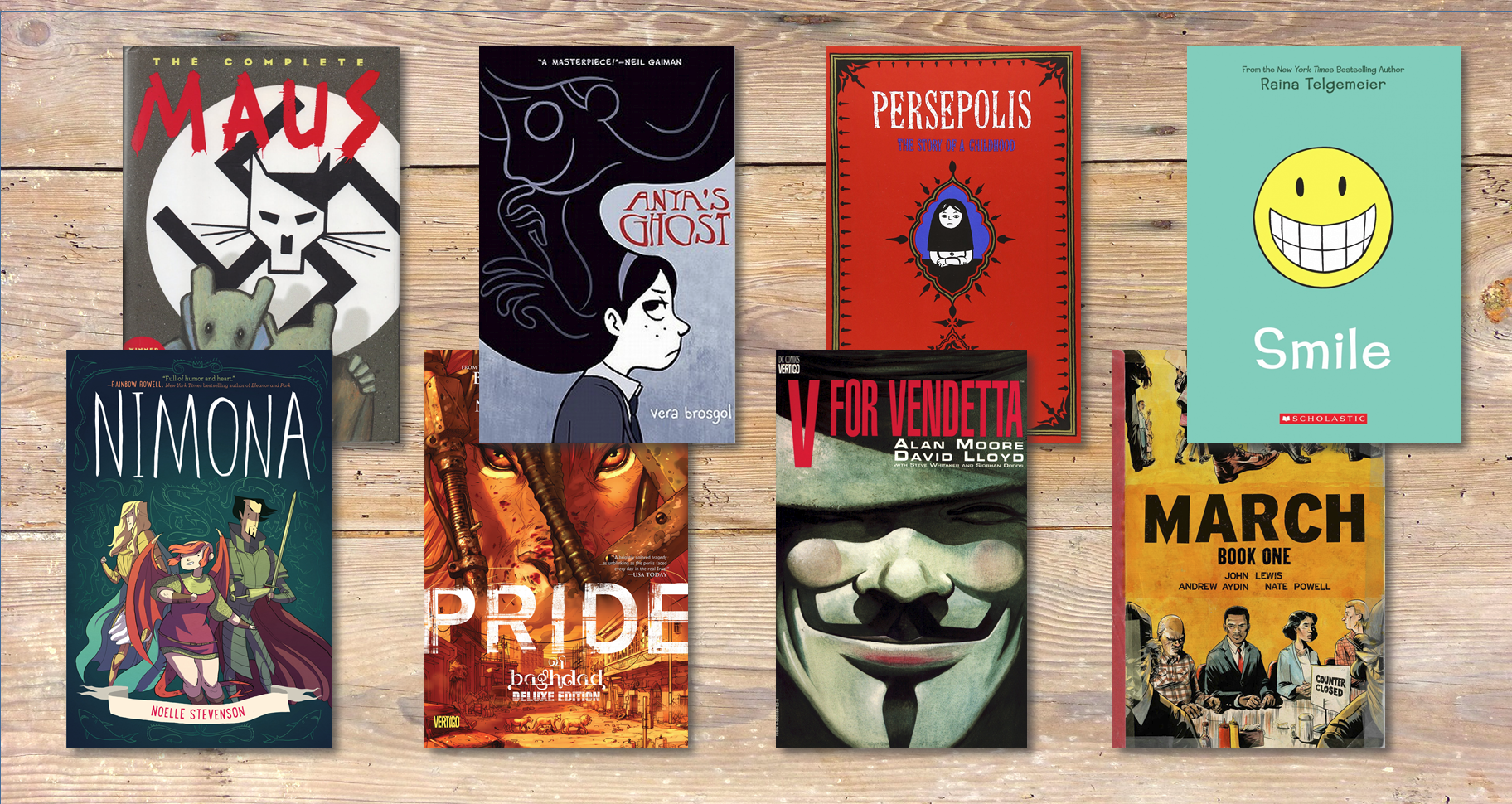Assisting Students with Reading Lists and Goals
Reading Response for Module 3
Teacher-Librarians manage and maintain the school’s libraries. They are school community experts on multiple forms of literacy, as well as curriculum collaborators with classroom teachers. As such, TLs are often called upon to assist classroom teachers prepare and find resources for classroom assignments. This can often include assisting students create reading lists and goals. This isn’t necessarily a simple task however, and there are several considerations in assisting a student find suitable reading materials. These are considerations can be illustrated using the following scenario:
A grade 10 student comes into the library weary because he has to submit an intended reading list and goals for the year. The teacher is excited about his/her new syllabus and is making attempts to slowly integrate more choice in reading in combination with the required novels assigned. The only novels he has ever finished, reluctantly, have been the ones that were required reading in class. He dislikes reading and the idea of finishing one novel let alone a pre-determined list for the year is overwhelming. He is thinking of dropping the class (Delvecchio).

Photo by the happiest face =)
In this case, the first thing that the Teacher Librarian should do is talk with the student. The student is overwhelmed with the assignment, so the TL should have the student focus on the first book that they need to read. The TL should conduct a “reader’s advisory” (Parrott, 2017) and ask the student further questions about their interests and reading background, and try to find a book that the student is most likely to enjoy. A possible option is to suggest alternate forms of text, such as graphic novels. Once an initial book is chosen, the TL should use that as a jumping off point in order to suggest other books with similar styles, topics, and themes.

A collection of secondary school graphic novels (Gonzalez 2021)
The second thing that the Teacher Librarian should do is to talk to this student’s classroom teacher. The TL should let the classroom teacher know what the TL has discussed with the student. The TL should also communicate this student’s concerns with the classroom teacher so that the teacher knows that this student is having trouble with the exercise as assigned. This is important, both so that possible accommodations can be made to assist this particular student, but also so that the classroom teacher has the data to determine if this is a common issue.
This encounter is important because the student is already feeling overloaded, and the stress of making a reading plan is further creating a negative association with this student with regard to reading. In order to become “lifelong readers,” it is important that children “develop a positive reading identity” (Parrott, 2017). It is an unfortunate fact that sometimes the strategies teachers use for instruction actually discourage students from reading. Kashen suggests however, that it only takes one positive reading experience to turn a student into a reader (2012). This means that if this situation is handled successfully, there is the opportunity to turn this student into an active reader. Parrott echoes this sentiment, and says it’s important to use these opportunities to create teachable moments (2017).
Reading is important because it has multiple positive benefits.Reading is the answer for better literacy. It improves students’ vocabulary, grammar, and spelling (Krashen, 2012). Recreational reading in particular improves multiple forms of academic achievement (Levine, Cherrier, Holding & Koestner, 2022). Furthermore, recreational reading can be “associated with reductions in psychological distress” (Levine et al, 2022).
Reading is an important activity with a multitude of positive effects, both academically and in private lives. These effects further improve if a student begins to read recreationally. The interaction with this student has the possibility to create the positive reading experience necessary to turn this student into a lifelong reader. Successful communication with the student could allow the student to find a book (or even an entire series or genre) that they enjoy. Finally, it is important to continue interacting with this student. Invite the student to come back when they’ve finished their first book in order to discuss their experience. This will allow the TL to fine tune book recommendations, make the transition to the next book easier, and hopefully mitigate issues if the student wasn’t completely satisfied with their first book.
References
Delvecchio, J. Module 3: Supporting Learners Through the Library: Cultivating Life-long Reading Habits [Course Notes]. https://canvas.ubc.ca/courses/125109/pages/module-3-supporting-learners-through-the-library-cultivating-life-long-reading-habits?module_item_id=5953912
Gonzalez, J. (2021, September 2). Graphic Novels in the Classroom: A Teacher Roundtable | Cult of Pedagogy. Cult of Pedagogy. https://www.cultofpedagogy.com/teaching-graphic-novels/
Krahen, S. (2012, April 05). The Power of Reading [Video]. YouTube. https://www.youtube.com/watch?v=DSW7gmvDLag
Levine, S. L., Cherrier, S., Holding, A. C., & Koestner, R. (2022). For the love of reading: Recreational reading reduces psychological distress in college students and autonomous motivation is the key. Journal of American College Health, 70 (1), pp. 158-164.
Parrott, K. (2017). Thinking outside the bin: why labeling books by reading level disempowers young readers. School Library Journal, 63 (8) pp.42-45.
the happiest face =). Pexels [image]. https://www.pexels.com/photo/man-reading-book-in-library-16963187/
